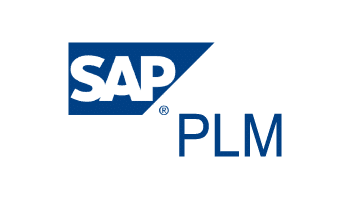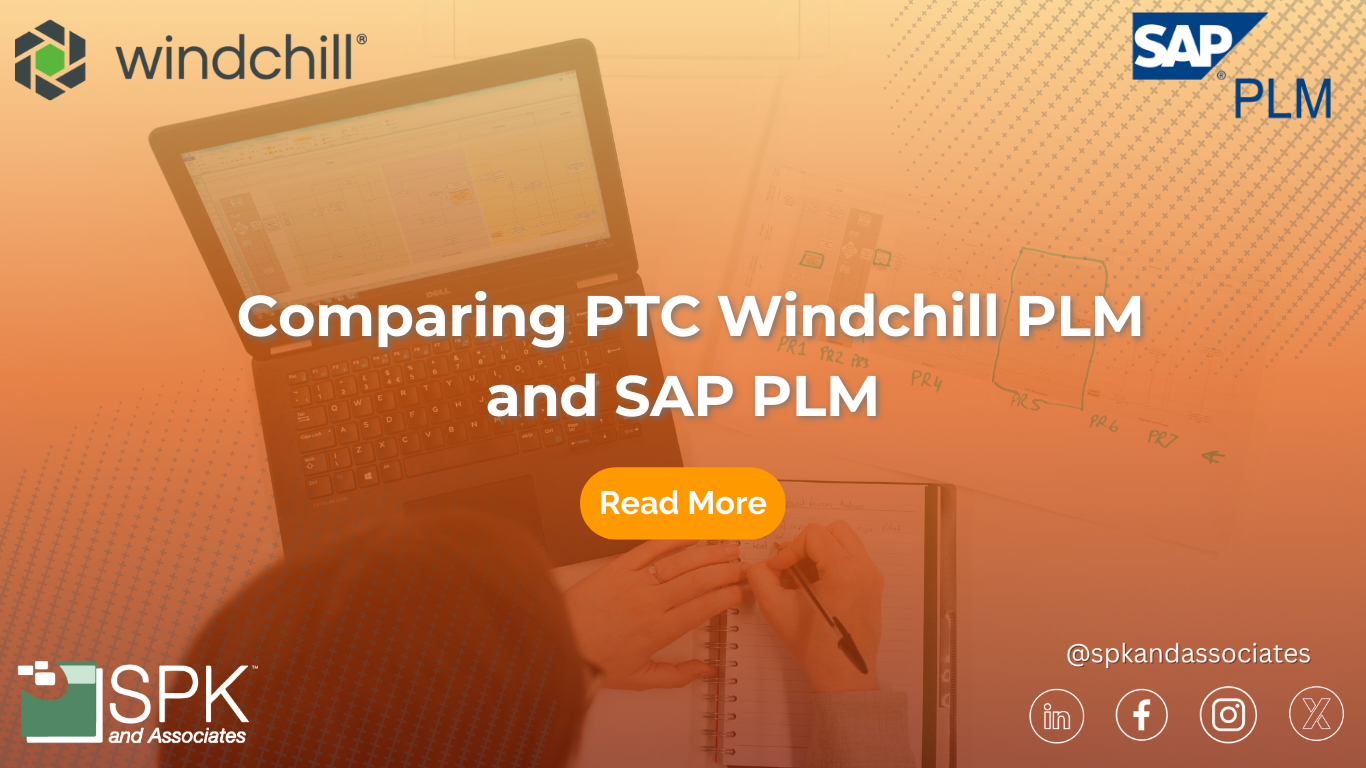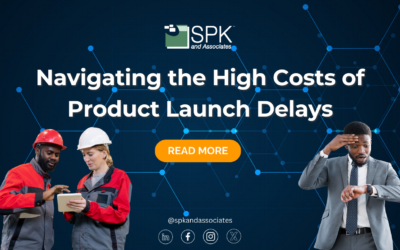There are many options on the market, each with their own pros and cons. But, choosing a Product Lifecycle Management (PLM) software doesn’t have to be overwhelming. As industry experts supporting businesses globally, we’re going to shed some light and compare two of the top PLM platforms on the market: PTC Windchill and SAP PLM.
What is PTC Windchill?
PTC Windchill is a solution allowing organizations to manage their product’s lifecycle and any data that comes with it. Windchill is designed to streamline and optimize the management of product lifecycles and associated data across organizations. Additionally, this platform meticulously documents:
- All modifications.
- Quality metrics.
- Requirements essential for product development.
Essentially, this enhances governance and operational efficiency.

What makes Windchill stand out in the market?
Windchill stands out by fostering collaboration across various teams. Additionally, it leverages advanced tools to expedite product market launches while ensuring adherence to regulatory standards. Furthermore, it equips organizations with robust tools for regulatory compliance, ensuring products consistently meet industry benchmarks. Ultimately, Windchill empowers stakeholders from engineering to manufacturing. It does this by enabling more effective communication and significantly enhancing product quality – from conception through to realization.
This solution encapsulates a strategic approach to PLM, providing a unified platform supporting continuous improvement and product development process innovation. Lastly, PTC Windchill has proven business outcomes – check those out here.
What is SAP PLM?
SAP PLM, like Windchill, is a product lifecycle management software solution. It manages product design, data, and quality changes. It allows for customizations and modules such as document control and change management. SAP PLM also facilitates collaboration between team members. Lastly, it includes regulatory compliance tools and aids in bringing a product to market.

Advantages of PTC Windchill vs SAP PLM
We’ve written previously about why you should use PTC Windchill as your PLM. But, specifically focused on the product overviews we’ve noted above, it may appear the applications are similar. However, while they seem like they have similarities, we concur PTC Windchill is the more efficient of the two. Here’s why:
Windchill |
SAP PLM |
|
Closed-Loop Architecture |
|
|
Out-of-the-Box Functionality |
|
|
Enterprise PLM |
|
SAP PLM’s digital thread foundation has many capabilities, but as stated before it has trouble integrating with non-SAP products. |
Industry Experience |
|
|
Windchill Customer Testimonials

Consumer Packaged Goods
Kimberly-Clark
“Windchill’s strong BOM, change management, and SAP integration helped to win the deal”
Automotive
Mahle
“Windchill beat the joint forces of SAP PLM and Siemens Teamcenter by providing instant access to PLM information on a single platform. SAP PLM was time-consuming, inefficient, and not well organized”


Advantages and Disadvantages
SAP PLM is a good software tool, from a great company. It also has decades of resource planning experience.
However, the testimonials make a good point.
- Windchill is excellent at taking a design and bringing it to manufacturing through organized steps.
- SAP PLM on the other hand can have steps get lost in translation.
- SAP PLM also often requires customizations that are no longer supported in S/4HANA, SAP’s Enterprise Resource Planning (ERP) suite. This integration issue does not occur with Windchill due to its digital thread foundation.
For these reasons, we believe Windchill is the superior PLM software suite.
Get Started With PTC Windchill
After reading the comparisons, you should have more clarity on how PTC Windchill can help you. If you still have questions or want to get started with PTC Windchill, we can help. If you would like to talk to an expert about Windchill, contact us today.






